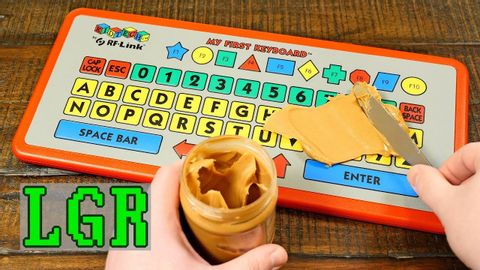
Subtitles & vocabulary
Kidtech My First Keyboard from 1994: It's Peanut Butter-Proof!
00
林宜悉 posted on 2020/03/06Save
Video vocabulary
stuff
US /stʌf/
・
UK /stʌf/
- Uncountable Noun
- Generic description for things, materials, objects
- Transitive Verb
- To push material inside something, with force
B1
More recognize
US /ˈrek.əɡ.naɪz/
・
UK /ˈrek.əɡ.naɪz/
- Transitive Verb
- To accept the truth or reality of something
- To consider something as important or special
A2TOEIC
More figure
US /ˈfɪɡjɚ/
・
UK /ˈfiɡə/
- Verb (Transitive/Intransitive)
- To appear in a game, play or event
- To calculate how much something will cost
- Noun
- Your body shape
- Numbers in a calculation
A1TOEIC
More crap
US /kræp/
・
UK /kræp/
- Noun (Countable/Uncountable)
- Impolite way of saying something is not good; Faeces
A1
More Use Energy
Unlock All Vocabulary
Unlock pronunciation, explanations, and filters
